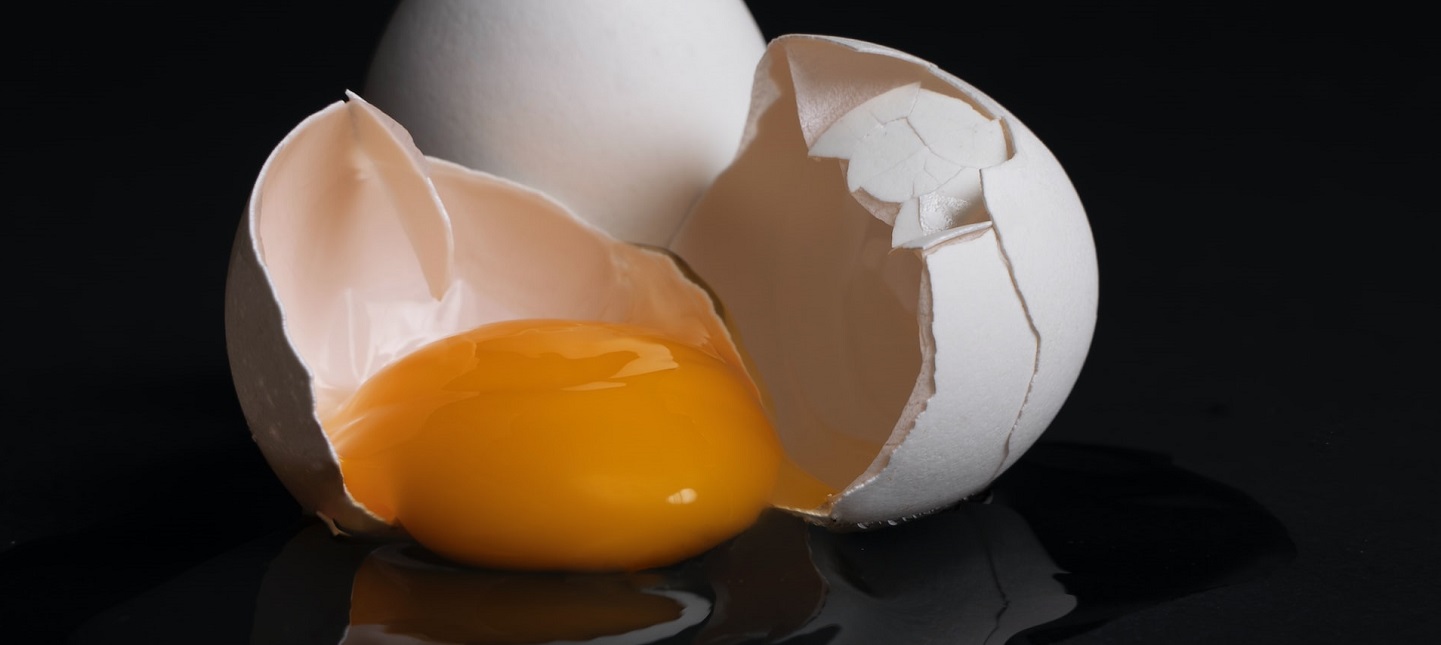Tag: sexuality
-

Beyond Cracking Eggs
in
Larp made me trans; what next? A conversation between four larpers whose eggs cracked a long time ago.

in
Larp made me trans; what next? A conversation between four larpers whose eggs cracked a long time ago.